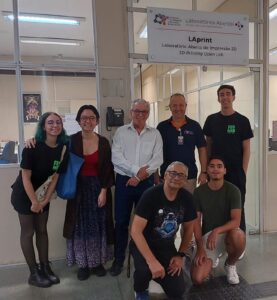Highlights
- Alexandrite mineral – fluorinated polymer pellets were fabricated and evaluated by OSL measurements.
- The OSL response varied linearly with the beta irradiation dose from 0.1 to 5 Gy.
- Analysis of OSL decay curves yielded three time constants: 0.51, 4.2, and 84 s.
Abstract
Alexandrite mineral (BeAl2O4:Cr3+) powder incorporated in a fluorinated polymer was prepared in the form of pellets. A mixture with 20 wt% of the alexandrite in the pellet had the luminescence behavior evaluated as a function of exposure to ionizing radiation using the optically stimulated luminescence (OSL) technique. The OSL measurements were evaluated in terms of dose-response (beta dose from 0.1 to 5 Gy), repeatability, reproducibility, and fading. The results showed that the OSL intensity signal varied linearly with the irradiation dose and that the OSL intensity suffered a strong reduction during the first five days of storage in the dark but remained stable for at least the following 30 days. Radioluminescence (RL) measurements under X-ray excitation revealed a weak luminescence within the ultraviolet–visible spectral region, while optical absorption (OA) measurements revealed the presence of Cr3+ impurities.



